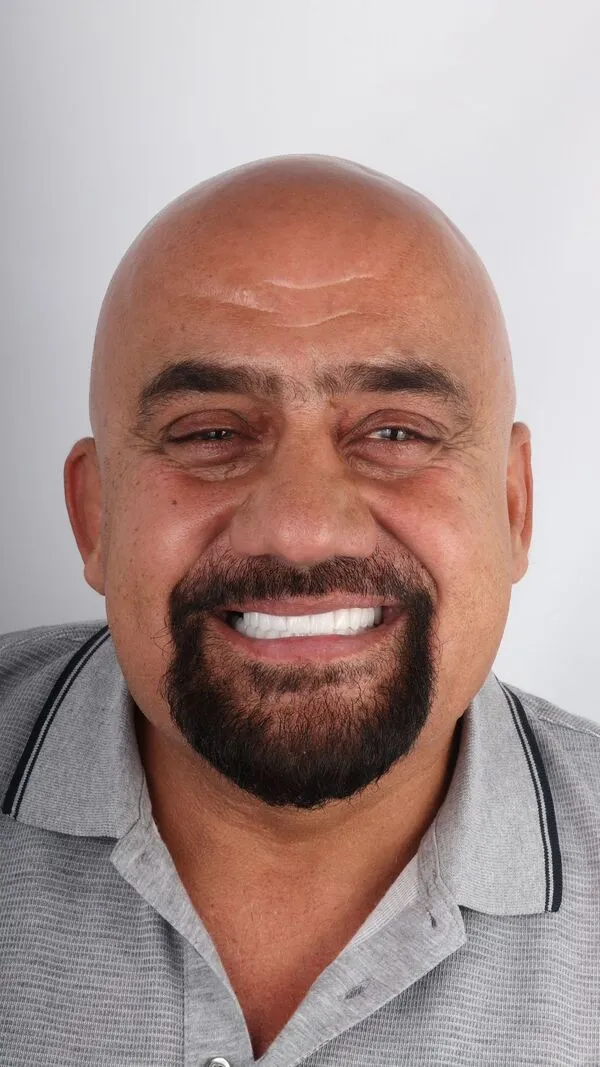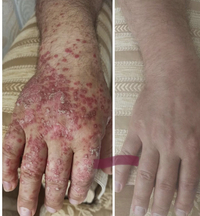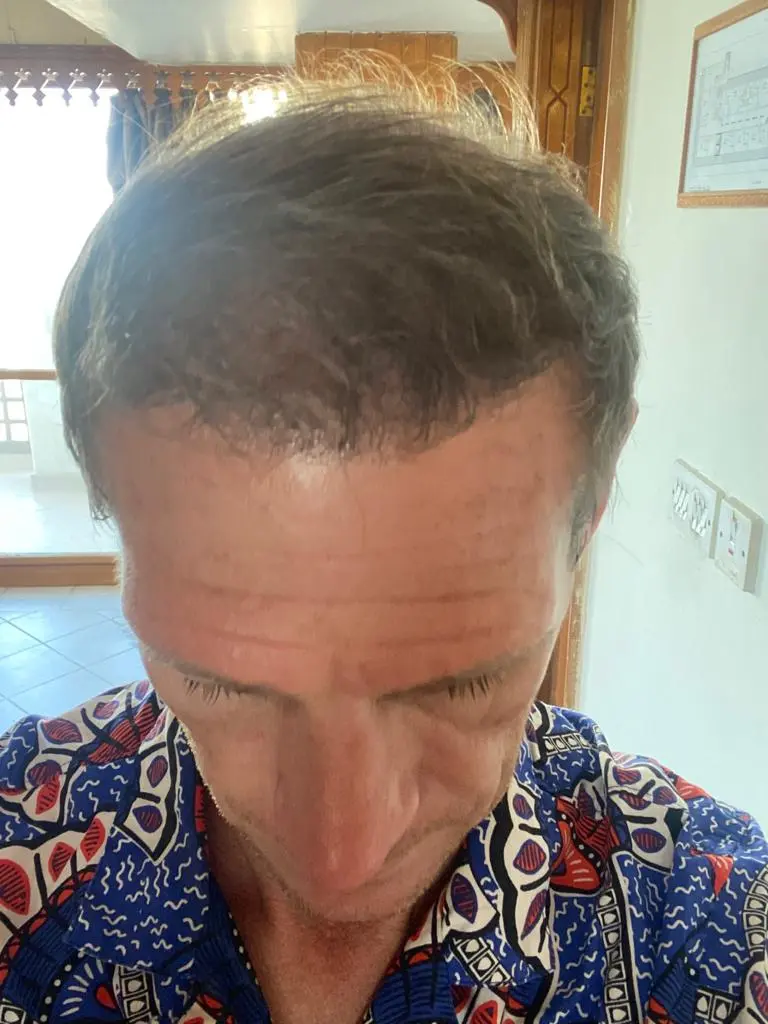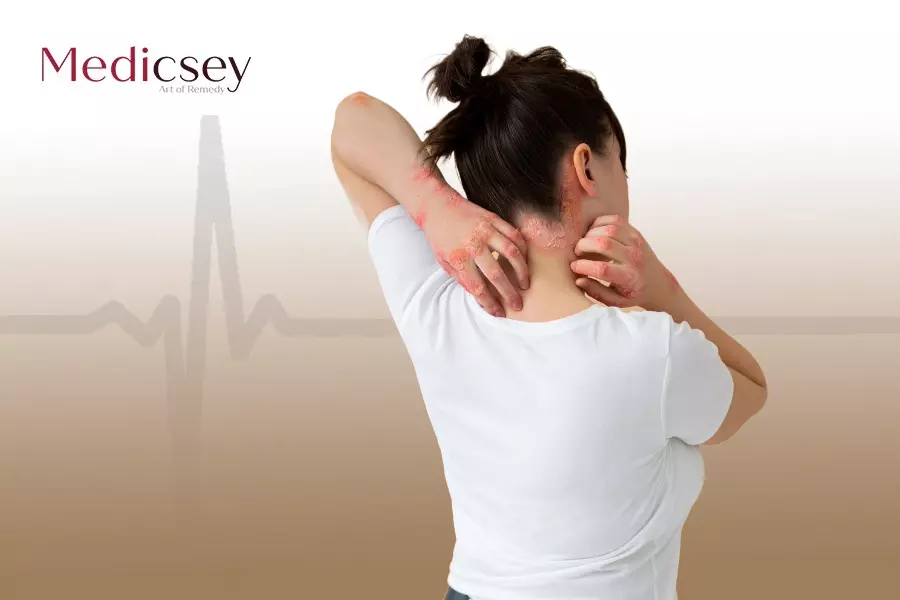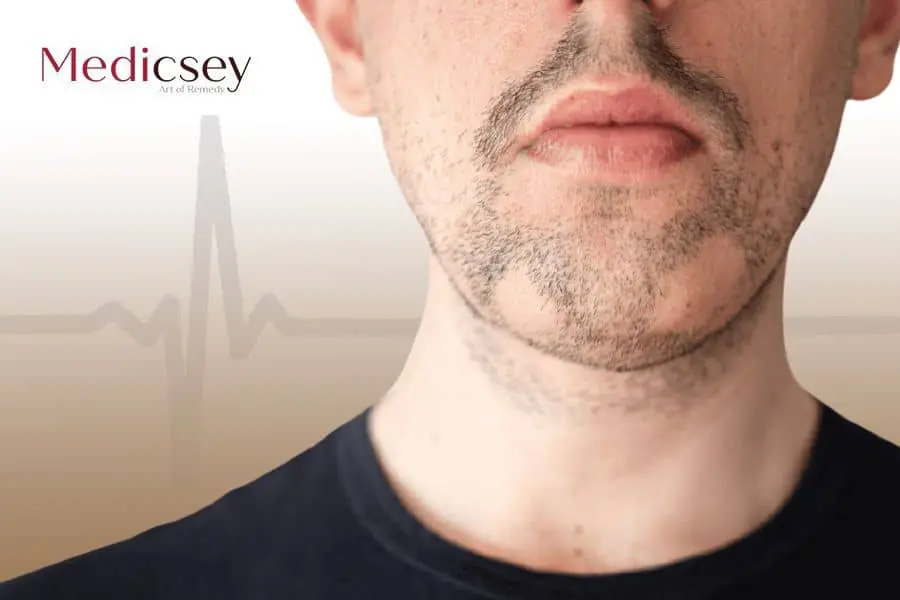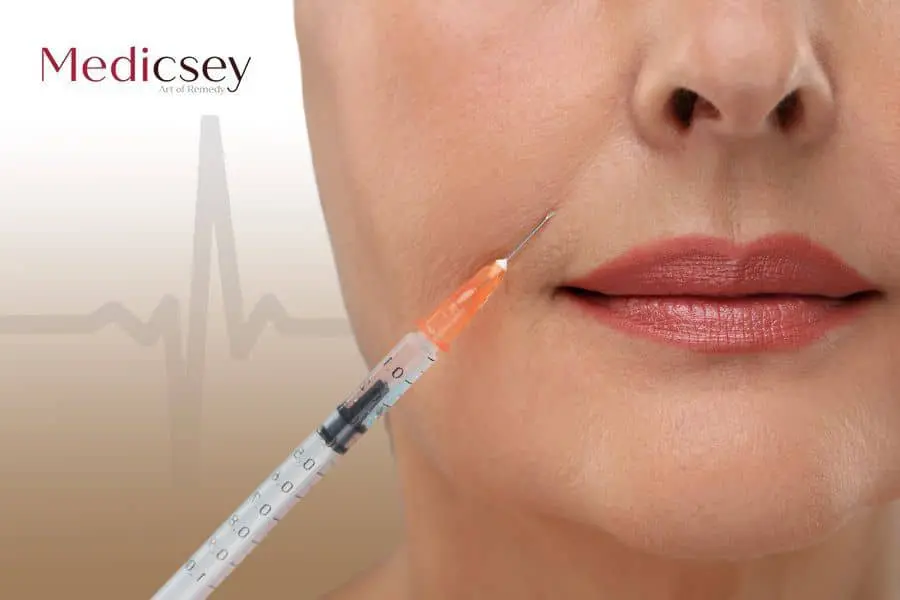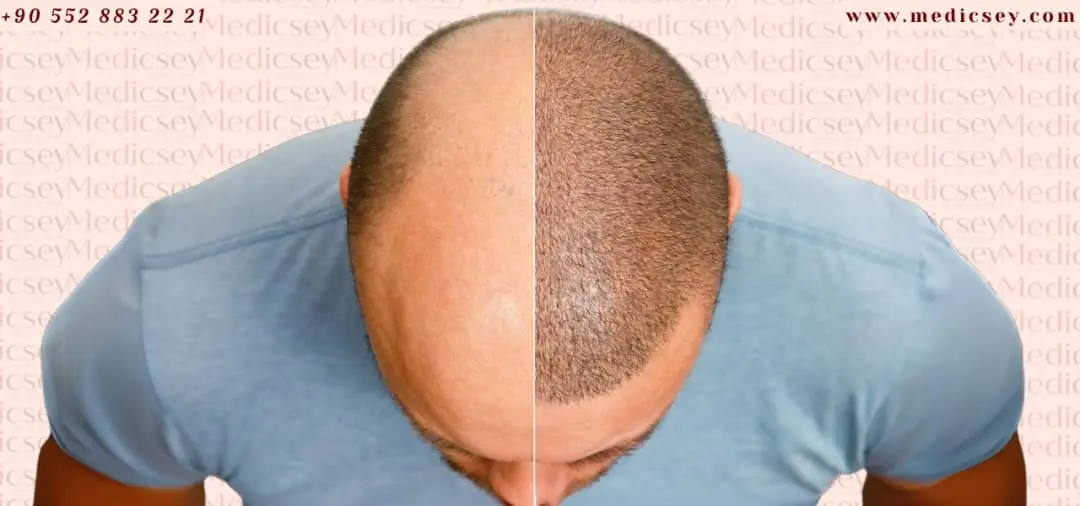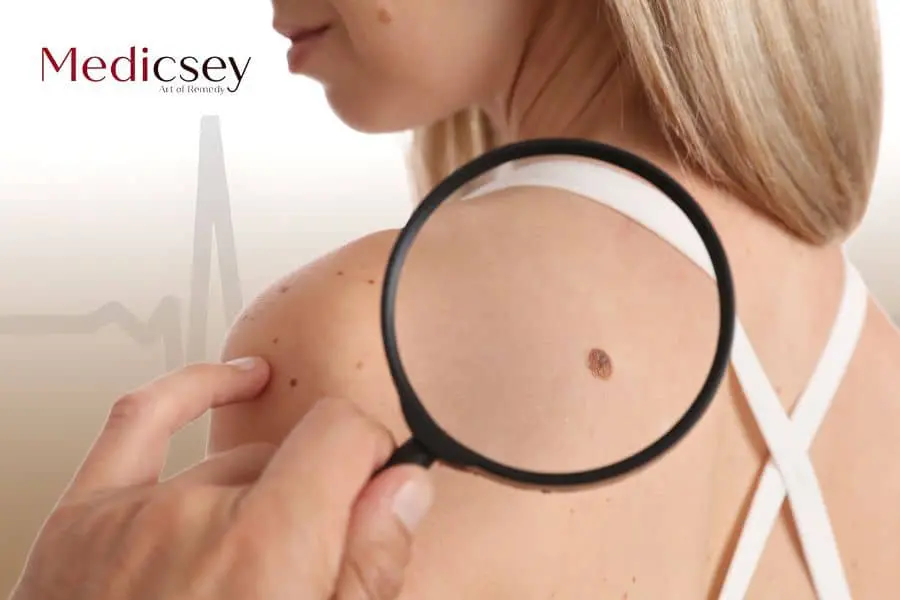Seborrheic dermatitis is a skin condition that affects the scalp and oily areas of the body.
Table of Contents
What is seborrheic dermatitis?
An inflammatory skin disease that affects fatty areas of the body and affects the face such as the sides of the nose, ears, scalp and trunk. It causes scaly patches, skin infections, and stubborn dandruff on the scalp.
Seborrheic dermatitis is called by the following names:
- dandruff.
- Seborrheic eczema.
- Mythological psoriasis.
- Malt when this condition affects infants.
Causes of Seborrheic Dermatitis in turkey
- Genetic factors: Heredity may play a role in increasing the risk of seborrheic dermatitis.
- Hormonal disorders: changes in hormone levels, such as testosterone, cause seborrheic dermatitis.
- Excessive sebum production on the skin: When there is a rise in sebum production by the skin glands, it may lead to skin irritation and inflammation.
- Stress and stress. Stress and stress increase the likelihood of seborrheic dermatitis.
- Normal skin flora, especially a specific type known as Malassezia. Which causes excessive secretion of fat in more amounts than usual.
- Sensitivity to dry or cold weather.
- Some medications.
- disorders of the immune system.
- Environmental changes: Environmental factors such as pollution and excessive exposure to sunlight may increase the likelihood of seborrheic dermatitis.
Seborrheic Dermatitis Symptoms
- Dandruff on the scalp or hair, eyebrows, beard and mustache.
- The appearance of patches of oily skin covered with white or yellowish scales.
- Dandruff on the scalp, face, sides of the nose, eyebrows, ears, and eyelids
- Dandruff in the chest area, armpits, groin area, or lower breasts.
- A rash that may appear darker or lighter in people with brown or brown skin and redder in people with white skin.
- Ring-shaped rash of a type known as seborrheic dermatitis.
- The feeling of itching.
- The signs and symptoms of seborrheic dermatitis in Turkey usually worsen when you feel stressed and tired and when the seasons change.
Treatment of Seborrheic Dermatitis in turkey
Prescribed treatments by a dermatologist:
- Use shampoos and ointments that treat skin infections such as the effective topical corticosteroids hydrocortisone, fluocinolone, clobetasol and desonide.
- Calcineurin inhibitors: creams or ointments containing calcineurin inhibitors such as tacrolimus or bimicrolimus are effective in treatment.
- Antifungal oral tablets: If your condition does not improve with other treatments or is stubborn.
Treatment of Seborrheic Dermatitis Using Alternative Medicine
Many alternative treatments help in the treatment of seborrheic dermatitis in Turkey, accompanied by drug therapy, but carefully and with the advice of the treating dermatologist. Among them are:
- Tea tree oil: You can use a 5% tea tree oil shampoo on the affected area. However, some studies suggest that tea tree oil may cause an allergic reaction.
- Aloe vera: Aloe vera gel can be applied to the affected area directly from the leaves of the aloe vera plant. It is used in the manufacture of ingredients for many products.
When to see a doctor for treatment of Seborrheic Dermatitis?
- Discomfort and discomfort due to insomnia or an inability to focus on normal daily activities
- Feeling embarrassed or anxious because of this condition
- Believing that the skin has an infection
- Symptoms persist despite trying self-care steps.
Prevention of Seborrheic Dermatitis
The best dermatologist in Istanbul, Dr. Mustafa Ozimir, offers you a set of tips to help you reduce the incidence of seborrheic dermatitis, namely:
- Wash your skin regularly using warm, rather than hot water, and mild soap, and dry your skin well.
- If you suffer from skin problems on the scalp, do not use styling products. Such as hair sprays, gels and other styling products.
- Do not use skin and hair products that contain alcohol to avoid skin irritation.
- Keep your beard or mustache clean, and shampoo them regularly. Seborrheic dermatitis can be worse when it affects the skin under the mustache and beard.
- Use a shampoo that contains 1% ketoconazole daily until symptoms are relieved. Then switch to using this shampoo once a week, or once every two weeks. Shaving hair may relieve symptoms of the disease.
Why Medicsey is the best for treatment of seborrheic dermatitis in turkey?
Common treatment techniques in Istanbul's dermatology clinic include laser therapy, chemotherapy, radiotherapy, skin surgery, hormone therapy, and more. In addition to the innovative treatments provided by the best dermatologist in Turkey.
The Medicsey Dermatology Clinic in Istanbul employs the most highly qualified specialists in dermatology who are highly qualified to provide you with treatment.
Doctors are selected very carefully to ensure the best health care is provided to patients. In addition, the clinic has the latest medical equipment and modern treatment technology.
The aim is to fully meet the needs of patients and provide personalized and customized care for each patient. Patients are given appropriate medical advice and guidance to better understand their health condition and the options available to them. The clinic works to provide a comfortable and friendly environment for patients, where they feel reassured and relaxed while receiving medical care.
In the end, no matter how difficult the case is, a dermatologist can provide treatment of seborrheic dermatitis in turkey. It is definitely a treatable symptom, but its duration may be prolonged.
For more information about dermatology, you can check the blog of the Medicsey website or visit our center in Istanbul to provide free and immediate consultation by the most skilled dermatologists in Istanbul.
Read more here.. Treatment of nail fungus in Turkey





